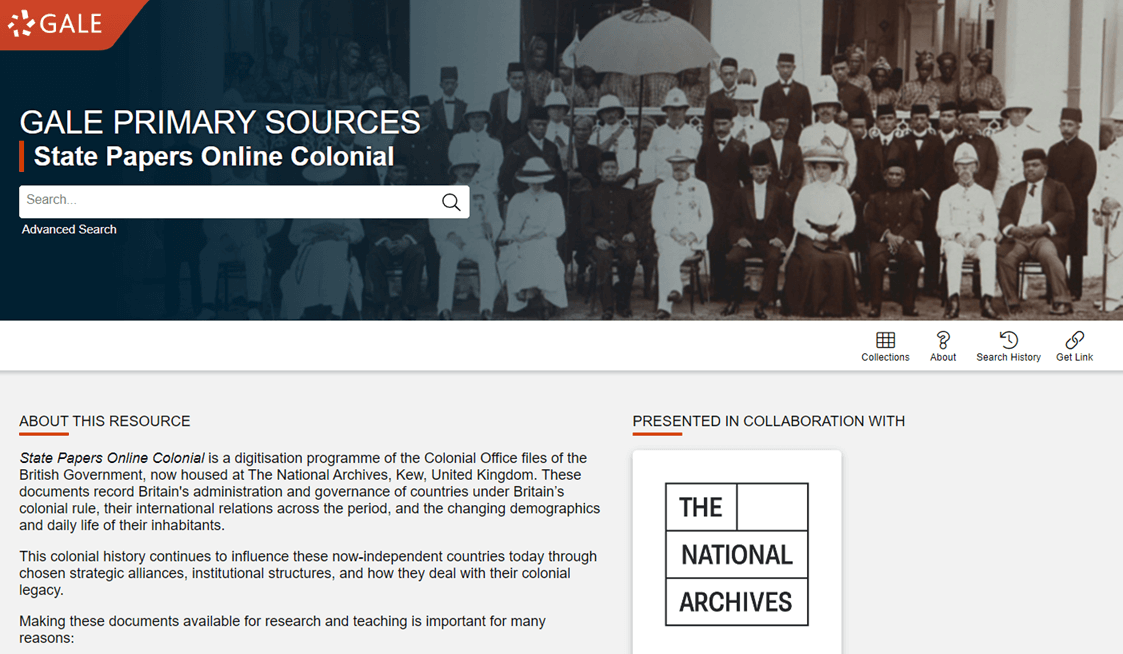│By Lindsay Whitaker-Guest, Associate Editor, Gale Primary Sources│
Gale Primary Sources has recently released its latest addition to the groundbreaking series China and the Modern World. China and the Modern World: The English Language Press in China, 1827-1974 features 25 English-language newspapers and periodicals published over the course of 150 years of immense change and transformation in China.
These newspapers and periodicals played a significant role in the cultural and political life of major Chinese cities, offering critical and diverse reporting on milestone events. In this post I will delve into these newly digitised titles and discuss some of the stories and insights which can be researched through this unique new resource.










